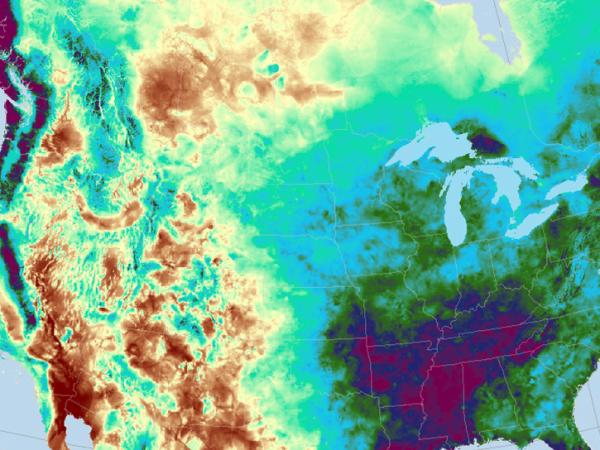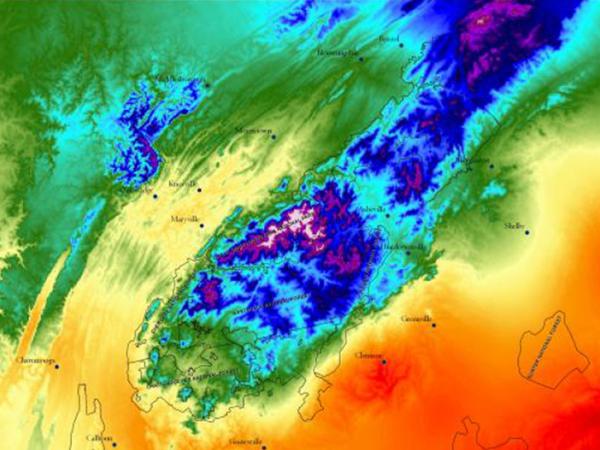Daymet uses statistical modeling techniques to provide long-term, continuous, gridded estimates of daily weather and climatology variables from ground-based observations. Daymet data products provide driver data for biogeochemical terrestrial modeling and have myriad applications in many Earth science, natural resource, biodiversity, and agricultural research areas. Daymet weather variables include daily minimum and maximum temperature, precipitation, vapor pressure, shortwave radiation, snow water equivalent, and day length over continental North America, Hawaii, and Puerto Rico.


